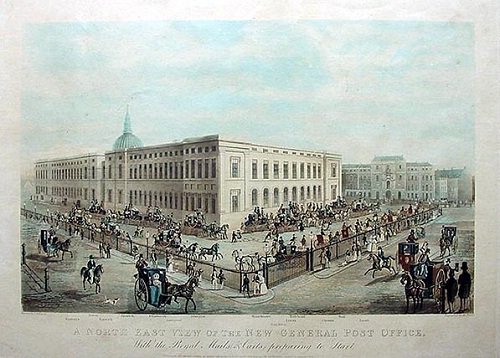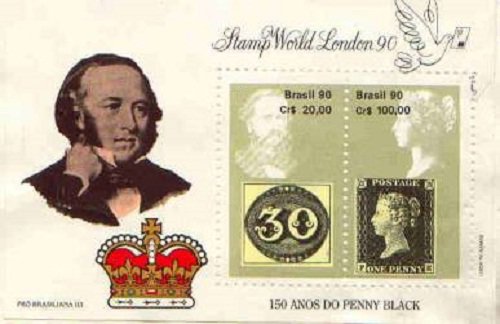The very first post
In Persia, Babylon and Ancient Egypt
The very first post as an organization arose in Persia, Babylon and Ancient Egypt. In fact, mail as such appeared with the emergence and development of writing, and the first postal lines had an exclusively military purpose. In the 4th century BC, the ancient Greek historian Herodotus wrote about the Persian postal service: "Neither snow, nor rain, nor heat, nor the darkness of the night makes these messengers turn off the appointed path." Such devotion to the cause of the modern postal service is far away.
The great empires of the ancient world had well-organized postal systems, usually represented by posts of messengers at regular intervals along the main roads. The effectiveness of such systems was praised by the Greek historian Herodotus, but the very idea of mail was forgotten soon after the fall of the Roman Empire. In medieval Europe, private postal systems began to appear, serving merchants, guilds, universities and the church, then official postal services appeared, designed for the needs of the government - for example, as established by Louis XI (France, 1477) or Henry VIII (England, 1512).
By the 17th century

By the 17th century most European countries had official public postal services, as well as a number of private organizations serving specific cities. One of the private services was the "Petit Post" ("little post"), founded by Jean-Jacques Renoir de Villier (France) in Paris in 1653. De Villaier introduced the first system of prepaid postage (postage), in which the letter was tied with cloth or paper tape; until then, the recipients usually paid for the postage. William Docwra (England) introduced the first system of postage in Great Britain in 1680, establishing the London Penny Post and stamping payment by hand printing.
For local mail, the Dokvra system proved to be very efficient, but mail to other cities was still charged according to the distance covered. In 1837, Rowland Hill (England) published The Postal Reform, pointing out that the cost of sorting mail was higher than the cost of transportation, so calculating charges based on distance was uneconomical. He proposed a semblance of the Dokvra system, with a standard fare independent of destination.
Hill suggested charging fees in advance
Hill proposed collecting fees in advance - by selling either envelopes (he preferred this method) or sticky stamps, which James Chalmers (Scotland) proposed in 1934. Chalmers even printed samples of the world's first sticky postage stamps—the world's very first postage stamps. In 1840, the British General Post Office followed Hill's recommendations and issued the world's first official sticky postage stamp, the Black Penny (two days later, the Blue Twopenny was issued).

According to the first rule of the Universal Postal Union (UPU, 1874), every postage stamp must be printed with the name of the country that issued it - except for British stamps, in recognition that the first stamps in the world appeared in Great Britain.
Dmitry Demyanov, Samogo.Net (






